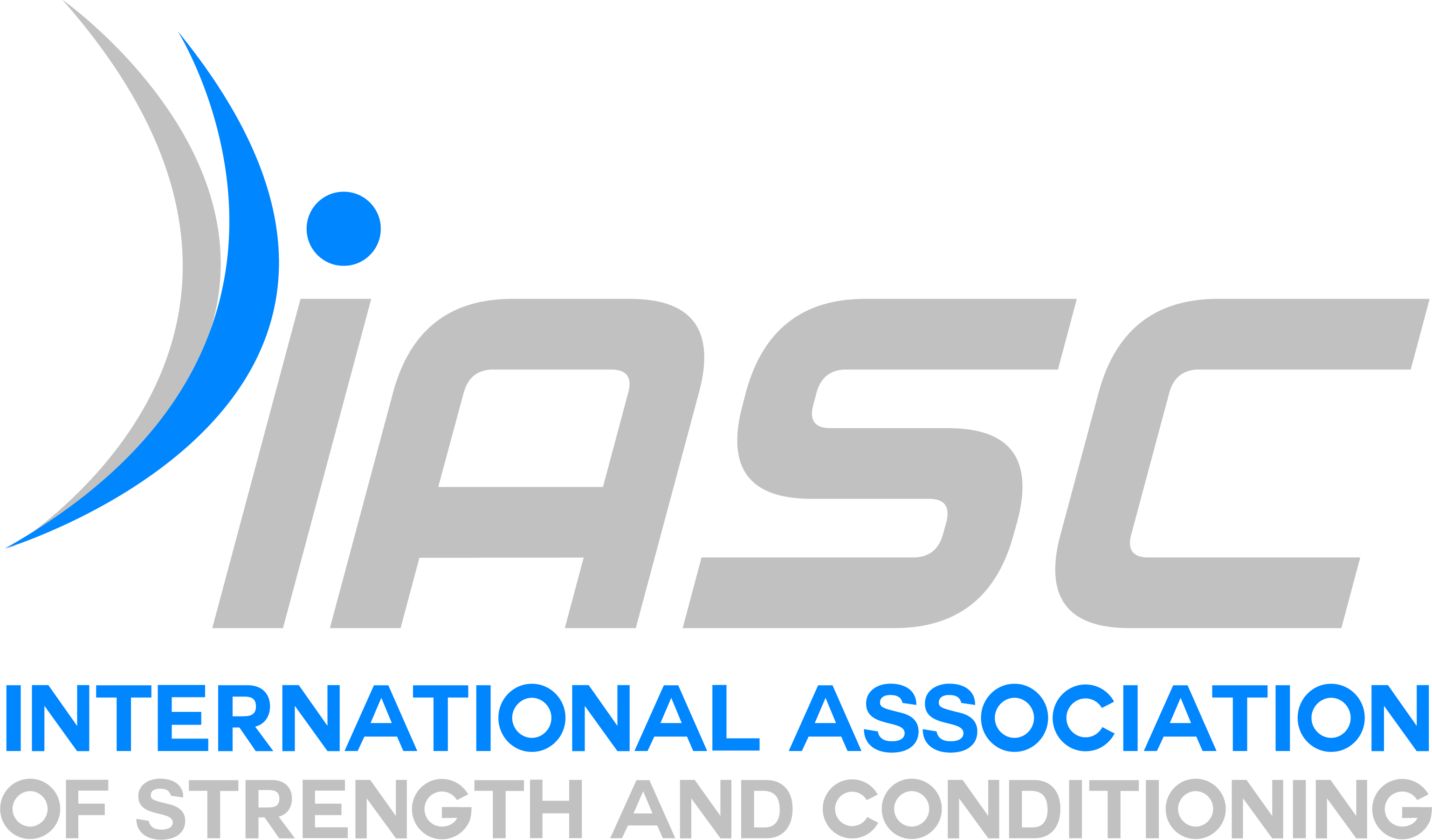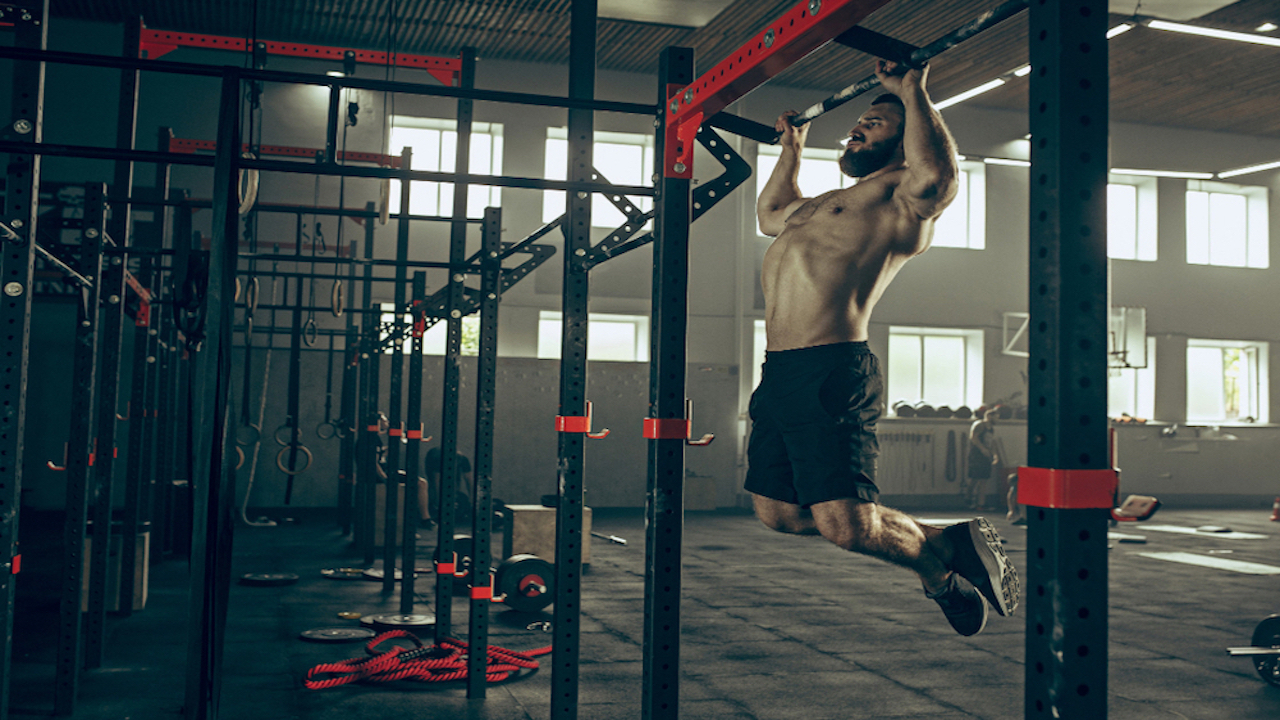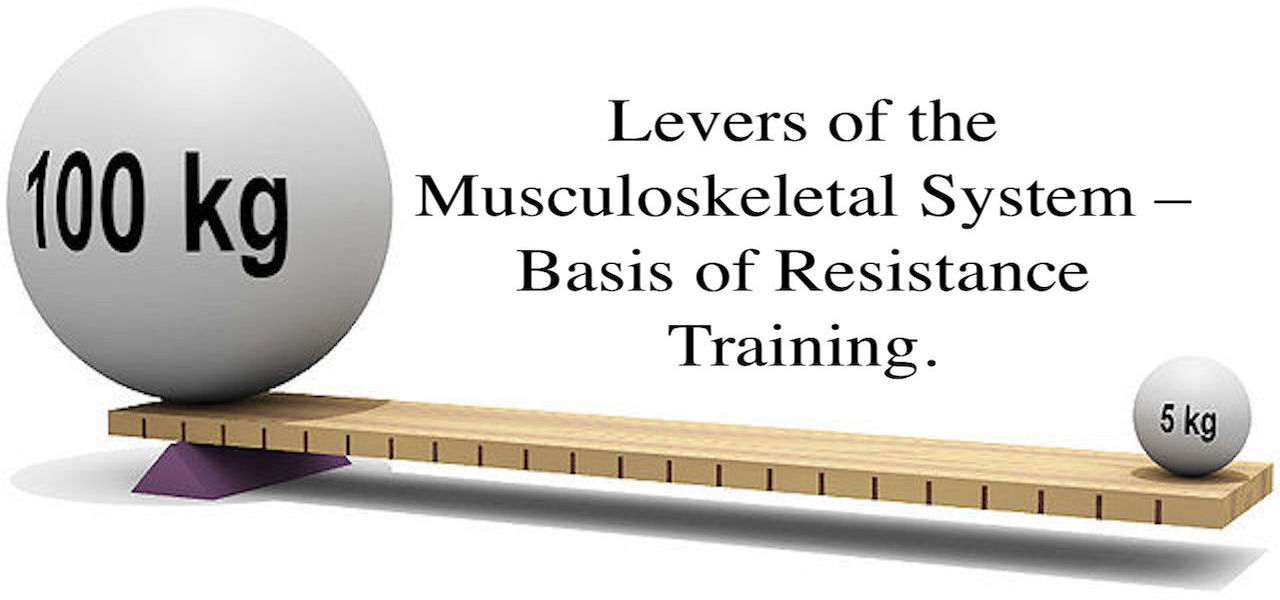Pull-ups are a challenging and highly effective exercise for developing upper body strength, particularly in the back, arms, and shoulders. They primarily target the latissimus dorsi muscles (lats), but also engage several other muscles including the biceps, rhomboids, and rear deltoids.
Performing pull-ups can be challenging, but with the right technique and practice, you can master this exercise.
Here’s a step-by-step guide on how to do pull-ups:
- Grip: Start by gripping the pull-up bar with your palms facing away from you (overhand grip). This grip is often referred to as a pronated grip. Alternatively, you can use an underhand grip (supinated grip) with your palms facing toward you, known as a chin-up.
- Shoulder Position: Keep your shoulders down and back, away from your ears, throughout the movement. This helps to maintain proper form and reduces the risk of shoulder injuries.
- Initiate the Movement: Engage your core and shoulder muscles, then start pulling your body upward by bending your elbows. Focus on pulling your shoulder blades down and back, while maintaining a straight body position.
- Chin Over the Bar: Continue pulling yourself up until your chin clears the bar. Try to keep your body as stable and straight as possible throughout the movement, avoiding excessive swinging or kipping.
- Initiating the Movement: Begin the pull-up by actively engaging your back muscles, specifically your lats. Imagine pulling your elbows down towards your hips, rather than focusing solely on pulling your chin over the bar.
- Lowering Phase: Control your descent by slowly lowering your body back down to the starting position with your arms fully extended. Keep your core engaged and maintain tension in your muscles.
- Full Range of Motion: Aim to perform pull-ups through a full range of motion. Start from a fully extended position with your arms straight, then pull yourself up until your chin is above the bar. Lower yourself back down in a controlled manner until your arms are fully extended again.
- Repeat the Exercise: Aim to perform multiple repetitions of pull-ups, gradually increasing the number as you build strength and endurance. Start with a manageable number and gradually progress over time.
- Breathing: Exhale as you pull yourself up, and inhale as you lower yourself back down. Maintaining a steady and controlled breathing pattern will help you maintain focus and stability throughout the exercise.
- Progression and Modifications: If you are unable to perform a full pull-up initially, you can start with assisted pull-ups using a resistance band or assisted pull-up machine. Additionally, inverted rows or bodyweight rows can help build the necessary strength to progress toward full pull-ups.
Tips for Performing Pull-Ups:
- Focus on proper form and technique rather than rushing through the exercise.
- Avoid excessive swinging or using momentum to complete the movement. This can reduce the effectiveness of the exercise and increase the risk of injury.
- Engage your core muscles throughout the exercise to maintain stability and control.
- If you are unable to perform full pull-ups initially, consider using resistance bands or an assisted pull-up machine to gradually build strength.
- Practice regularly to improve your strength and gradually increase the number of pull-ups you can perform.
Remember, pull-ups can be challenging, especially if you are new to them. Be patient, consistent, and persistent in your training, and you will gradually improve your strength and ability to perform pull-ups.







